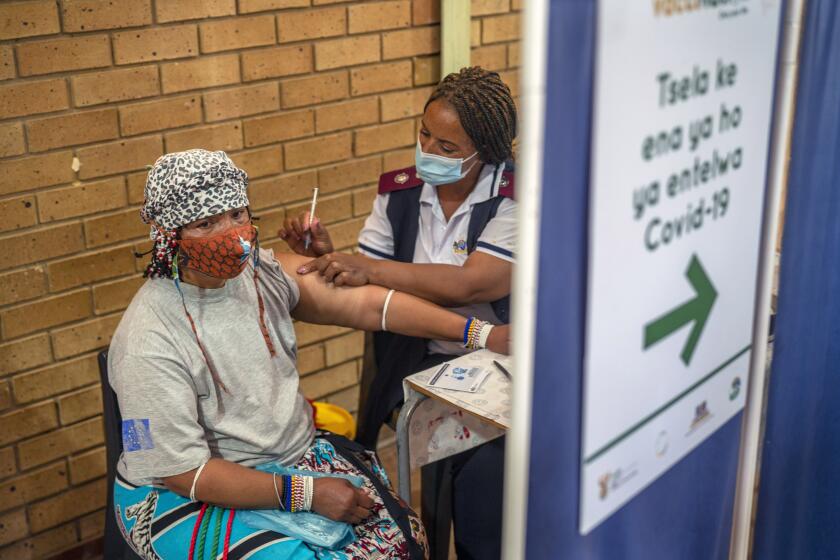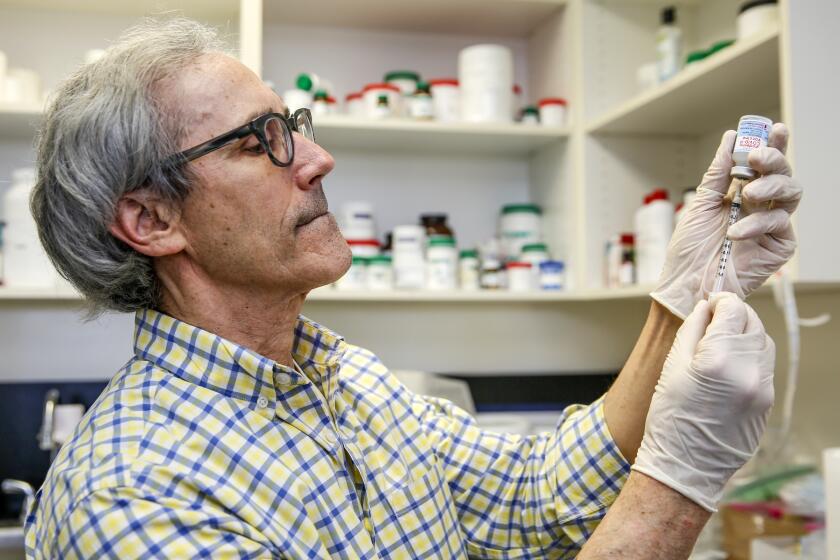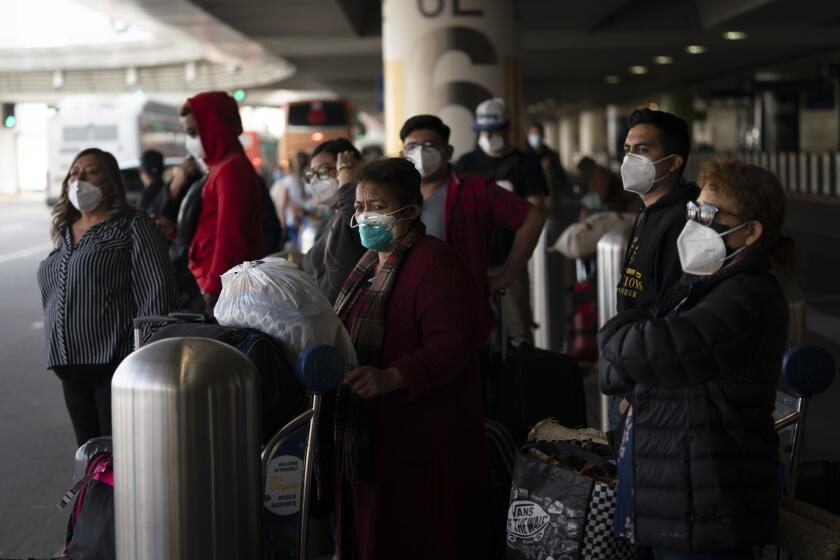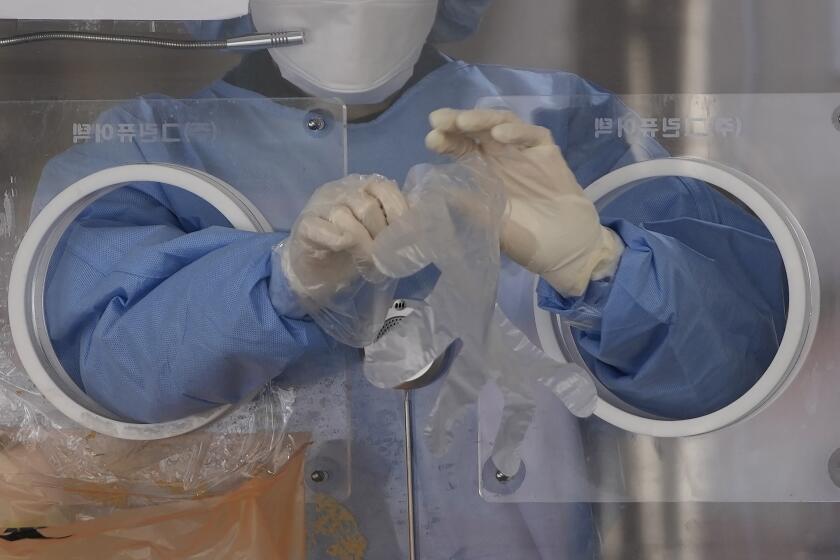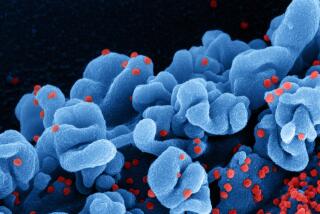Boosters are key to fighting Omicron, but there’s still lots to learn
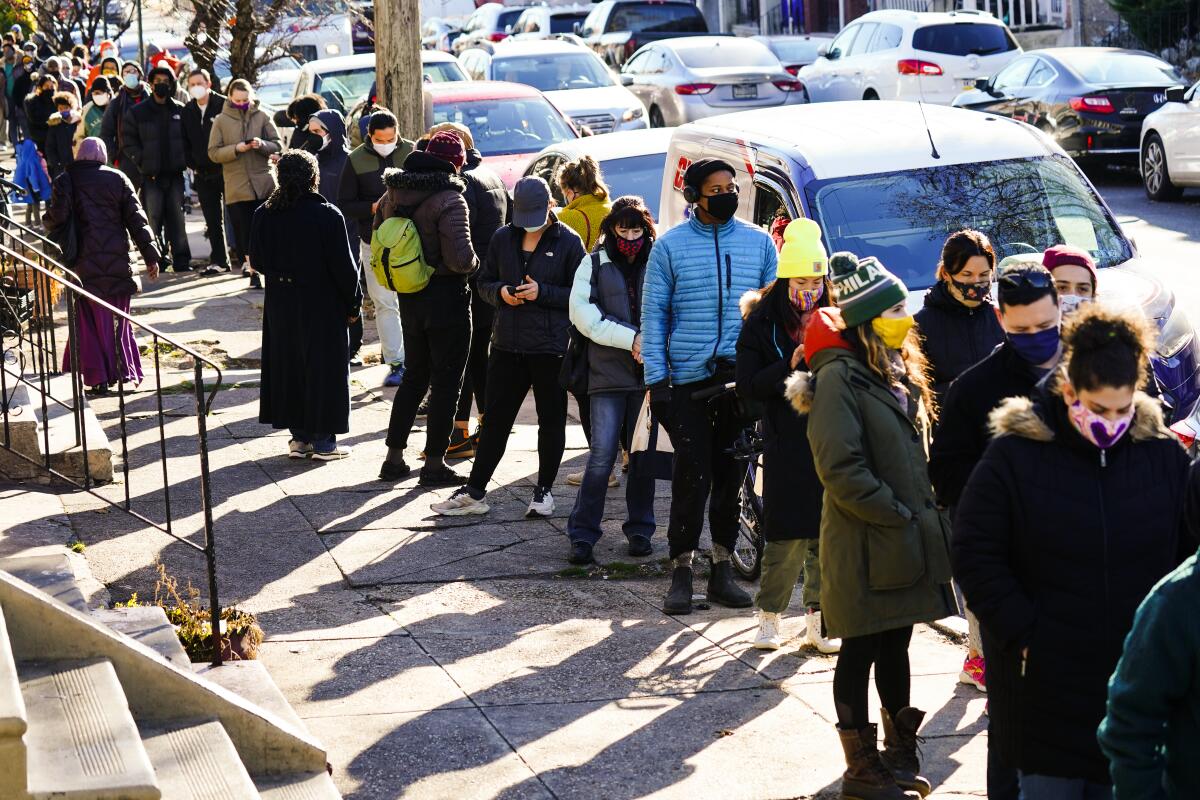
The new Omicron variant took only a few weeks to live up to dire predictions about how hugely contagious it might be, but scientists don’t yet know if it causes more severe disease — even as the world faces exploding cases just before Christmas.
“Everything is riskier now because Omicron is so much more contagious,” said Dr. S. Wesley Long, who directs the testing lab at Houston Methodist Hospital — and over the last week has canceled numerous plans to avoid exposure to the virus.
Omicron now makes up 80% of new symptomatic cases diagnosed by Houston Methodist’s testing sites. It took the also very contagious Delta variant three months to reach that level, Long said.
Across the country, Omicron accounts for 73% of all coronavirus cases, according to new estimates from the Centers for Disease Control and Prevention.
The variant’s ability to spread faster and evade immunity came at a bad time — right as travel increased and many people let down their guard. But what the Omicron wave will mean for the world is still unclear because so many questions remain unanswered.
Here’s the latest on what’s known and what’s still to learn about Omicron.
How much protection do vaccines offer?
Vaccines in the U.S. and around the world do not offer as much protection against Omicron as they have against previous versions of the coronavirus. However, vaccines still help — a lot. Lab tests show while two doses may not be strong enough to prevent infection, a booster shot of either the Pfizer or Moderna vaccine produces virus-fighting antibodies capable of tackling Omicron.
Antibody levels naturally drop over time, and a booster revved them back up again, by 25 times for Pfizer’s extra shot and 37 times for Moderna’s. No one knows exactly what level is high enough — or how long it will be before antibody levels begin dropping again.
With the fast-spreading but less virulent Omicron variant, the coronavirus may finally be cutting humanity a little slack.
After a booster, the protection against an Omicron infection still appears about 20% less than the protection against the Delta variant, said Dr. Egon Ozer of Northwestern University.
But if the virus gets past that first line of defense, the vaccinated have additional layers of protection.
“The vaccines are going to protect you against severe disease, hospitalization and death,” Long said. “And that’s really the most important thing.”
Those extra defenses include T cells that mobilize to beat back the virus, plus memory cells that, once reactivated, race to make more and stronger antibodies.
What about natural immunity?
A prior infection doesn’t seem to offer much protection against an Omicron infection although, like with vaccination, it may reduce the chances of severe illness.
In South Africa, where Omicron already has spread widely, scientists reported a jump in reinfections that they hadn’t seen when two previous variants, including Delta, spread through the country.
In people who got a booster shot, levels of neutralizing antibodies exceeded the peak that followed two doses of COVID-19 vaccine.
In Britain, a report from the Imperial College of London on Friday found the risk of reinfection from Omicron was five times higher compared with the Delta variant.
Health experts say anyone who’s survived a bout of COVID-19 still should get vaccinated, because the combination generally offers stronger protection.
Why does Omicron spread so fast?
Scientists are trying to decode the dozens of mutations that Omicron carries to figure that out. Researchers in Hong Kong recently reported hints that Omicron may multiply more quickly in the airway than Delta did, although not as efficiently deep in the lungs.
What scientists can’t measure is human behavior: Many places were relaxing restrictions, winter forced gatherings indoors and travel had jumped right as Omicron began spreading.
Omicron has raced ahead of other variants and is the dominant version of the coronavirus in the U.S. Federal health officials say Omicron accounted for an estimated 73% of new infections.
Is Omicron causing milder illnesses?
It’s still too early to know — especially given that a breakthrough infection caused by Omicron should be milder than an infection in someone who is unvaccinated.
Early reports from South Africa suggested milder illness, but that could reflect the fact that the population there is very young, or that many people retained some immunity from a recent Delta infection.
And the British study found no evidence that Omicron has been milder than Delta there, even with young adults — who would be expected to have milder illness — having higher rates of Omicron infections.
Omicron’s impact on the COVID-19 pandemic will depend on a variety of factors that will take days to weeks for scientists to untangle.
“There’s a hint, and I think many of us are hopeful, that Omicron will be less severe. But I don’t think we can bet the farm on that,” said Dr. Jacob Lemieux, who monitors variants for a research collaboration led by Harvard Medical School. “We’re still taking about SARS-CoV-2, a virus that has killed millions of people.”
Who’s most at risk?
Based on the behavior of other variants, “if you’re older, if you have underlying conditions, if you’re obese, you’re more likely to have severe disease. I don’t think it’s going to be any different” than other variants, said Dr. Carlos del Rio of Emory University.
But even if you don’t get very sick, an Omicron infection could certainly ruin the holidays. Experts agree that in addition to getting vaccinated and boosted, it’s wise to get back to the basics of protection: Wear masks indoors, avoid crowds and keep your distance.
Associated Press science writer Laura Ungar contributed to this report.
